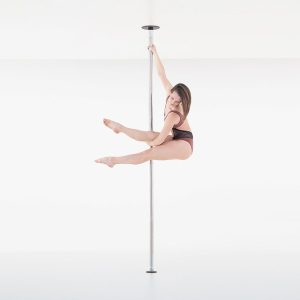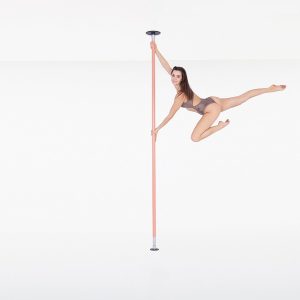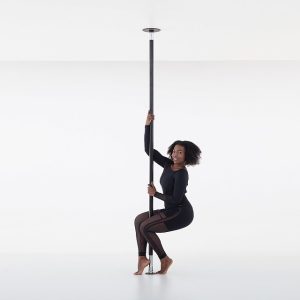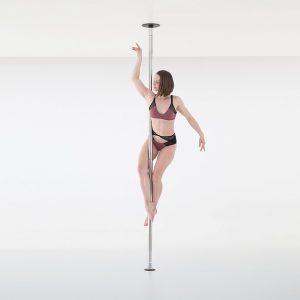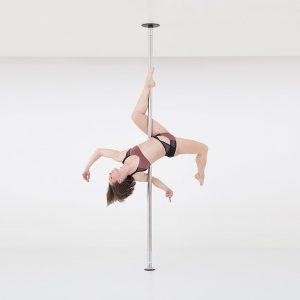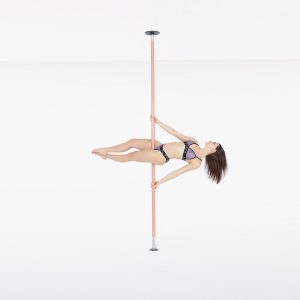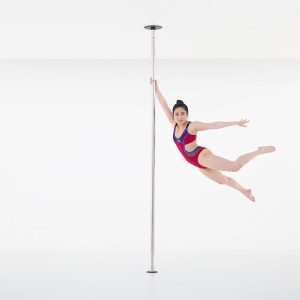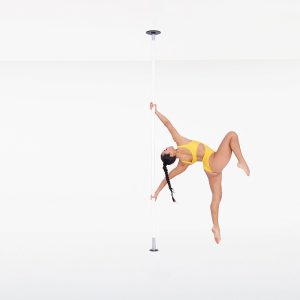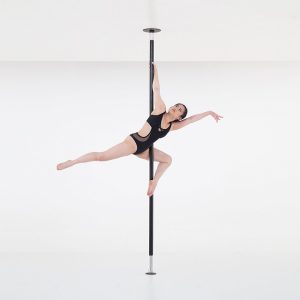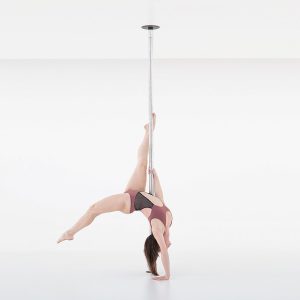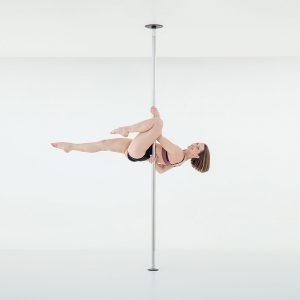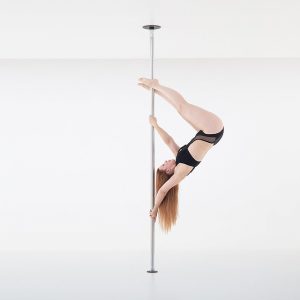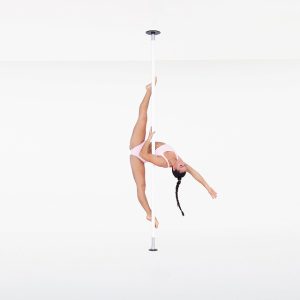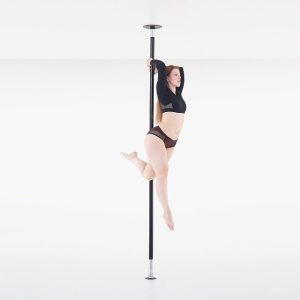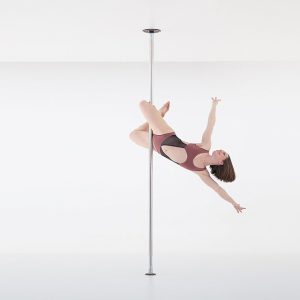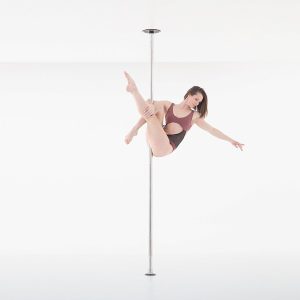Stripper dance pole
- Sorry, this product cannot be purchased.
Showing 1–18 of 68 results
Welcome to our online shop “Pole Now”, the one-stop destination for all your pole dancing needs. We offer a wide range of high-quality, professional-grade stripper poles designed for both beginners and advanced dancers. Browse through our extensive collection of portable and fixed stripper poles, available in various materials, sizes, and colors.
Intro to the stripper dance pole
A stripper dance pole is a vertical apparatus commonly used in the art of pole dancing, a combination of dance and acrobatics performed around a stationary or spinning pole. Originally associated with strip clubs and adult entertainment, pole dancing has evolved into a popular form of fitness and self-expression, embraced by people of all ages and backgrounds.
Stripper dance poles are typically made from high-quality materials such as stainless steel, brass, or chrome, providing excellent grip, durability, and stability. They come in various styles, including portable, fixed, and spinning poles, catering to different skill levels, performance preferences, and installation requirements.
Today, pole dancing is widely recognized as a legitimate form of exercise, focusing on building strength, flexibility, and body awareness. As a result, stripper dance poles are commonly found in gyms, dance studios, and homes, where individuals can practice and perform captivating routines in a safe and supportive environment.
Stripper pole VS dance pole
While the terms “stripper pole” and “dance pole” are often used interchangeably, they generally refer to the same piece of equipment used in pole dancing. Both terms describe a vertical pole that dancers use to perform acrobatic moves, spins, and other dance elements. The difference mainly lies in the context and perception associated with the terms.
- Stripper Pole: This term is more closely associated with adult entertainment and strip clubs, where performers use the pole to showcase their sensuality and dancing skills in a more provocative manner. However, this term has become less popular as pole dancing has evolved into a more widely accepted form of fitness and self-expression.
- Dance Pole: This term emphasizes the artistic and athletic aspects of pole dancing, focusing on its integration into mainstream fitness and dance communities. It highlights the exercise, strength, flexibility, and body control required to master pole dancing, distancing it from its original associations with adult entertainment.
In conclusion, while there is no technical difference between a stripper pole and a dance pole, the terms imply different contexts and perceptions of the sport. As pole dancing continues to gain popularity as a legitimate form of exercise and self-expression, the term “dance pole” is becoming more prevalent.
Types of stripper poles
There are several types of stripper poles (also known as dance poles) available, each catering to different preferences, skill levels, and installation requirements. The main types include:
- Portable (Removable) Stripper Poles: These poles are designed for easy installation and removal, making them perfect for dancers who need a temporary setup or want to move their poles between locations. Portable poles use the tension between the floor and ceiling to stay in place, without the need for permanent fixtures or screws. They are often adjustable to accommodate various ceiling heights.
- Fixed (Permanent) Stripper Poles: Fixed poles are designed for permanent installation in a specific location, such as a home or dance studio. They require mounting brackets to be securely attached to the ceiling, floor, or both. These poles provide greater stability and can often support more weight than portable poles, making them ideal for advanced dancers and rigorous routines.
- Spinning (Rotating) Stripper Poles: These poles have a spinning mechanism that allows the pole to rotate freely around its axis, enabling dancers to perform fluid and dynamic moves. Spinning poles often come with a locking feature, allowing them to switch between static (non-spinning) and spinning modes, providing versatility for different routines and skill levels.
- Static Stripper Poles: These poles remain stationary and do not rotate during use. They are suitable for beginners who are learning the basics of pole dancing, as they provide more control and stability while performing moves.
The main differences between these types of stripper poles lie in their installation method (portable vs. fixed), functionality (spinning vs. static), and intended use (home, studio, or temporary setups). When choosing a stripper pole, consider factors such as your skill level, available space, ceiling height, and whether you need a permanent or temporary setup.
What you should pay attention to when buying a stripper pole
Choosing the right stripper pole for yourself involves considering several factors, including your skill level, available space, budget, and personal preferences. Here are some essential aspects to consider when selecting the perfect pole:
- Skill Level: If you’re a beginner, a static pole might be the best option to learn the basics and build strength. As you gain experience and confidence, a spinning pole with a locking feature can provide versatility for more advanced moves.
- Space: Measure the area where you plan to install the pole, ensuring there’s enough room for safe and comfortable use. Check the ceiling height and ensure it falls within the adjustable range of the pole you’re considering. For portable poles, make sure the installation surface is sturdy and can handle the pressure.
- Permanent vs. Portable: If you need a temporary setup or plan to move the pole between locations, a portable (removable) pole is the better option. If you have a dedicated space and want a more stable and secure setup, opt for a fixed (permanent) pole.
- Material: Common materials for stripper poles include stainless steel, brass, and chrome. Each material offers different levels of grip, maintenance, and durability. Stainless steel and brass poles typically provide better grip, while chrome poles require less maintenance and are more resistant to corrosion.
- Static vs. Spinning: Consider whether you prefer a pole that remains stationary or one that rotates. Spinning poles allow for more fluid and dynamic moves, while static poles provide greater control and stability. Many spinning poles come with a locking feature, allowing you to switch between static and spinning modes.
- Budget: Stripper poles come in various price ranges, so set a budget before you start shopping. Keep in mind that investing in a high-quality pole can be safer and more cost-effective in the long run.
- Brand Reputation: Research reputable pole manufacturers and read customer reviews to find a reliable, high-quality pole that meets your needs.
By carefully considering these factors, you can choose the right stripper pole that best aligns with your requirements and preferences, ensuring a safe and enjoyable pole dancing experience.

